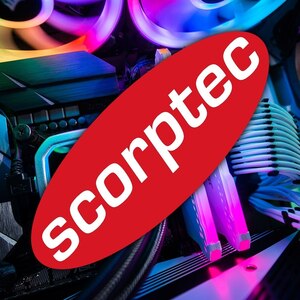Was $189. Excellent reviews for this cooler as seen here - https://gamersnexus.net/megacharts/cpu-coolers
Also has a VRM fan over the socket.
Compatible with AMD AM4, AM5 and Intel LGA1700.
For LGA1200, LGA1156, LGA1155, LGA1151 and LGA1150 there is a separate mounting kit.
LGA1700 use an included contact frame for mounting.
This is a thick AIO (38mm rad alone) so check clearance in your case.
6 year warranty.
420mm Black RGB is also on special for $189 - https://www.scorptec.com.au/product/cooling/cpu-coolers/1081…
1% surcharge for Card & PayPal payments.
First post on here. Sorry if I got anything wrong.



I am so tempted but can't justify this for the 7800X3D other than just a tiny bit of PBO :/